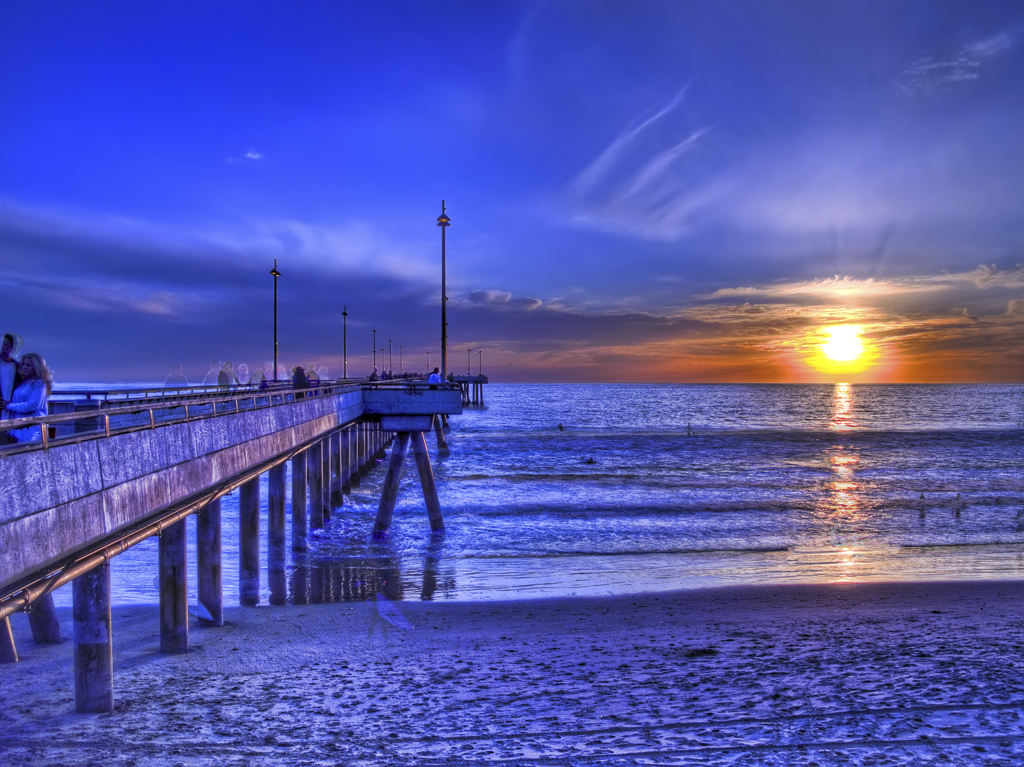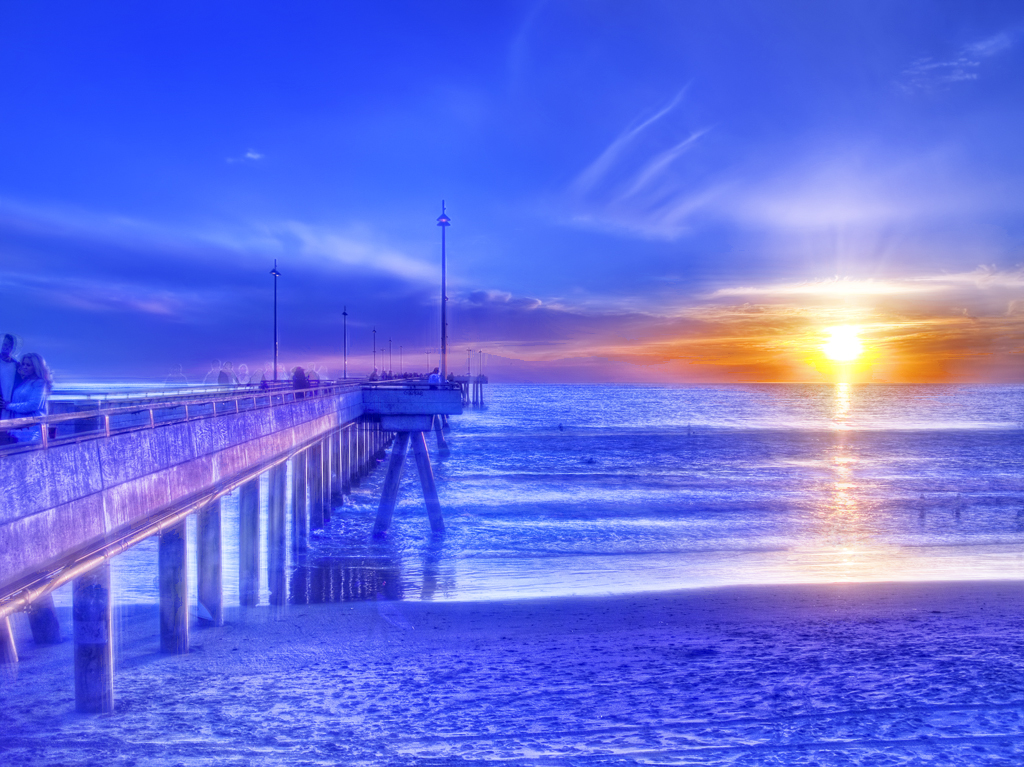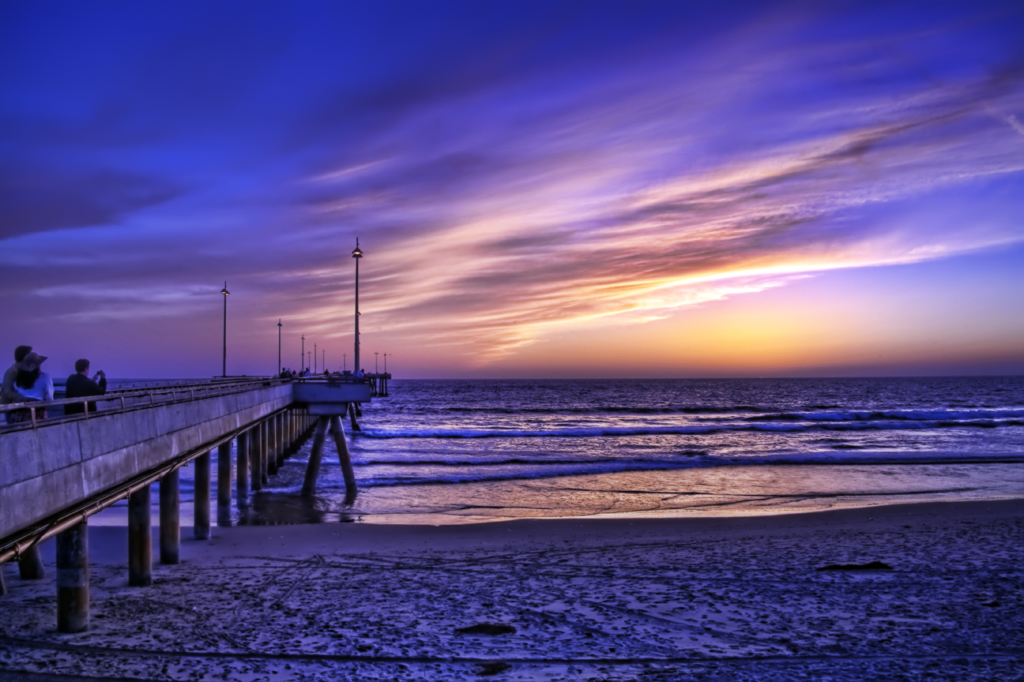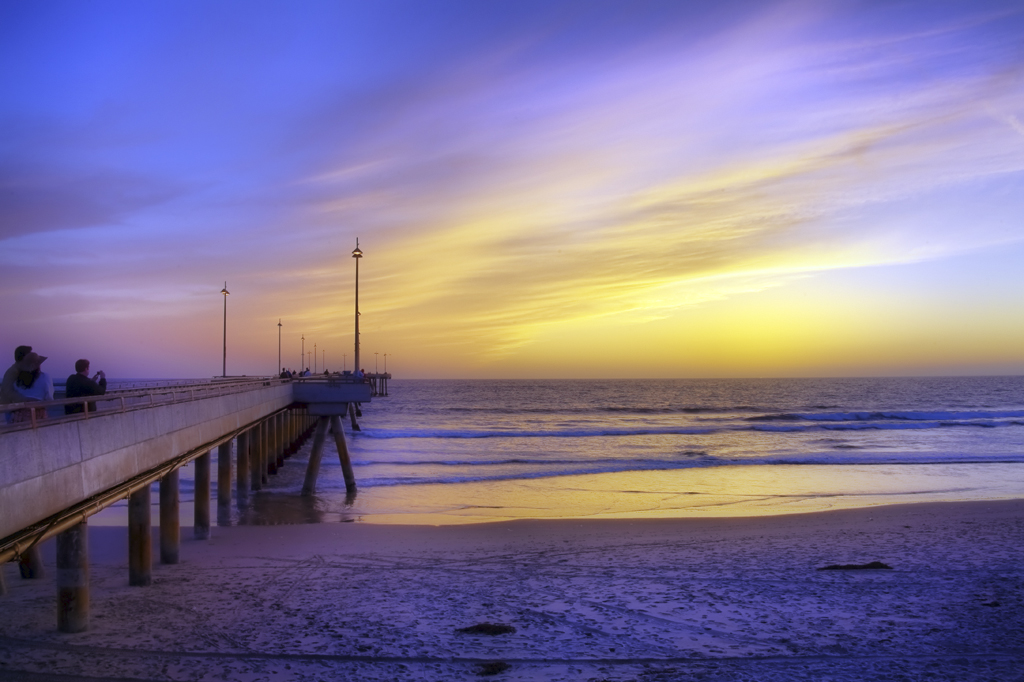
This started out as 3 exposures from my point and shoot Canon G7. I've hacked this camera to produce RAW files by using CHDK or the Canon Hackers Development Kit. Other extras include expanding the F-stops to F11 (normally the smallest hole on this one is F8.)
CHDK also gives one the option of converting to a digital negative (DNG) in the camera. This raw file goes anywhere and I loaded the 3 exposures into Lightroom. In Lightroom I changed the white balance to Tungsten on all 3 and duped each of the RAW's. On the duplicates I changed the white balance to Florescent. I also added Clarity, Vibrance, and a little Saturation. I now have 6 16 bit files - 3 each of the autobracketed sets with two different white balances. I use Lightroom's export to photomatix plugin and combine all six into one HDR in photomatix.
Tonemapping is done there and I usually use strength, Saturation, Light Smoothing, Microcontrast and White Point adjustments only. On darker images I'll look at Luminosity and Gamma. Also large cloudless skies really benefit from microsmoothing.
Now I save out a .tif and I'm ready for photoshop. In photoshop I like to tweak the levels, and run a noise removal filter. I've often through the kitchen sink at a file in the way of filters and plugins but this time the Orton method mentioned in earlier posts was used. I've described that method here.
I went two ways with this one. First I like playing with Redfield's plugin Fractalius. I've still learning this software but if you reduce your image size before you experiment, it's much more interactive. I went with one of the glow presets on a duplicate layer. I then changed the blending mode for this layer to Screen and flattened the image. This resulted in:

Then I went back to the Orton shown at the top of this article and made bubbles out of the entire image and comped them on top. No special filters for this as it is straight photoshop out of the box distortion. I lined them up like I thought they would be floating in and altered the transparencies making them more transparent the farther they were "away." You might have seem this already here:

So I went overboard on this but it was fun. The sunset was one many great ones we had this winter on February 20, 2009. Any questions, let me know here or on Flickr.


